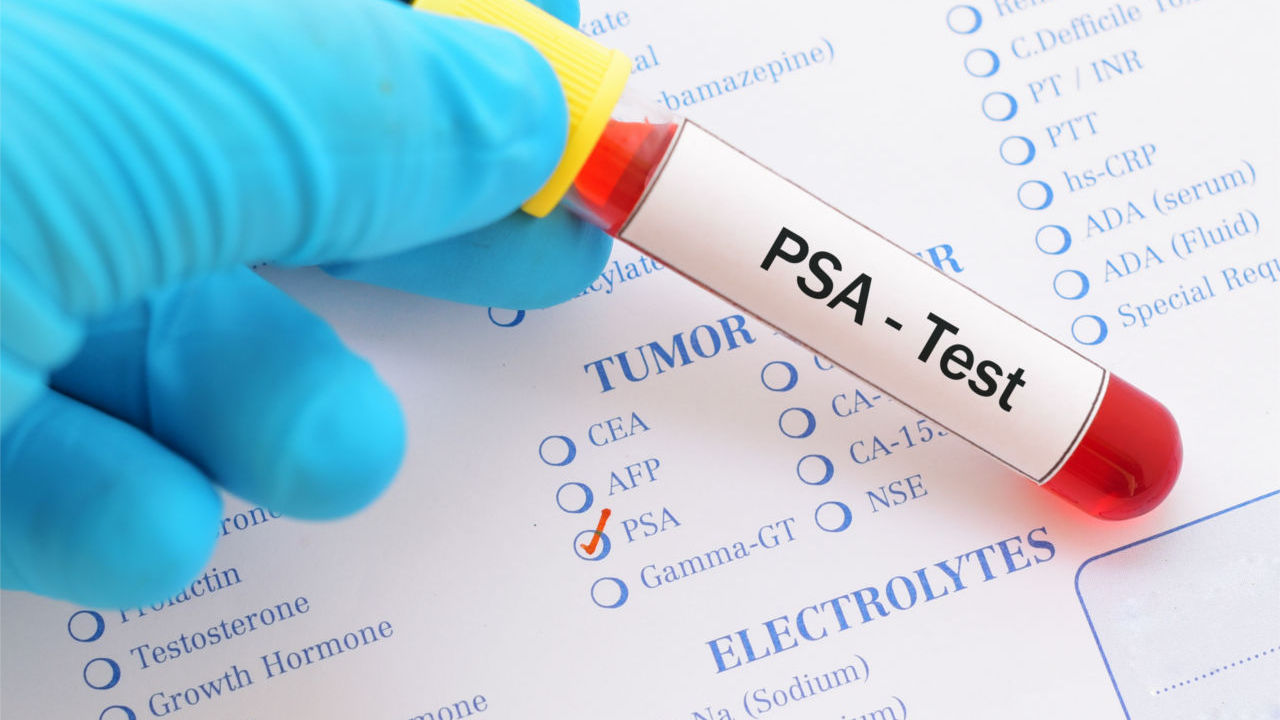Understanding ‘After Prostate Removal What Should PSA Be’ is vital for post-operative care. Since only the prostate produces PSA, its surgical removal typically drops PSA levels to nearly undetectable. However, even the best surgeons can’t guarantee complete removal of every cancer cell, and occasional recurrence is possible. With stable levels post-RP, the frequency of testing might decrease, emphasizing the role of prostate nutrition and regular monitoring, potentially even to an annual check.
What is a PSA test?
Nurses or medical technicians use a needle to draw blood from your arm, which will be sent off to a laboratory to measure your PSA levels.
Prostate-specific antigen (PSA) is produced by the prostate gland and high levels may indicate cancer has spread or that treatment has failed, or whether cancer has come back after surgery or radiation therapy has taken effect. It’s important to keep in mind, though, that PSA levels can rise for reasons other than cancer as well.
PSA tests and digital rectal examinations are used by doctors to help detect and treat prostate cancer. Although uncomfortable for some individuals, PSA testing may be particularly trying for men being followed up on after having had treatment for their prostate cancer.
After prostate removal, PSA levels should usually drop or remain undetectable. If they increase, this could indicate that some prostate cells survived surgery or radiation treatment and have begun growing again – it’s important to discuss this matter with your doctor as the recurrence of prostate cancer can be monitored through various tests and procedures in addition to PSA results.
Newer PSA tests being developed aim to increase accuracy and help better identify cancer. While not currently widely available for routine use, they can be useful when the PSA doubling time or velocity are significantly increased after treatment.
What is a PSA level?
PSA levels are used to measure the prostate-specific antigen (PSA) present in your blood. They’re measured in nanograms per milliliter (ng/ml). A low PSA reading could signal no cancer has returned following prostatectomy; or it might exceed what would be considered normal given your age and circumstance.
After surgery or radiation, your physician will closely monitor your PSA levels with frequent PSA tests for two years; thereafter he may switch up testing frequency depending on results. Your physician may also perform digital rectal examinations (DRE) to detect hard or uncomfortable areas in the prostate as well as imaging such as CT or MRI scans to check for signs of cancer.
If your doctor suspects cancer has come back, additional tests will be administered in order to assess its scope and local or systemic recurrence. One such test is the PSA doubling time which measures the average rate at which PSA levels double over time – an indicator of how aggressively cancer may spread.
What is a PSA range?
Once recovering from prostate surgery, the blood level of PSA should remain undetectable or very low. If this changes unexpectedly and rises above desired levels, it is imperative that you speak to your urologist and plan your next steps immediately. A high PSA reading can be caused by multiple causes including recurrent cancer recurrence; treatment side-effects (like ejaculation/urination problems); noncancerous cells producing PSA in bladder and testicle cells or noncancerous cells producing PSA within these tissues; noncancerous cells producing PSA such as in bladder/testicle cells producing it – but any increase warrants immediate attention from you or another physician immediately – in case it should occurs – before making decisions regarding action taken next steps taken immediately.
Your doctor will also analyze the trajectory of your PSA levels over time and its rate of doubling (PSA doubling time, or PSA-DT). A slow rise can indicate noncancerous cells are present rather than cancer cells dividing quickly. He or she may also take note of which type of PSA test you took as they differ in how they measure PSA levels.
Your urologist may suggest multiple types of PSA tests in order to better interpret your results, including prostate-specific antigen density scanning which provides more accurate evidence of cancer cells within your prostate gland. Otherwise, they may suggest having a biopsy conducted to ascertain whether prostate cancer has returned; in such cases they will often suggest regular PSA screening tests as well as potential interventions like radiation therapy in order to minimize its risk.
What is a PSA recurrence?
Recurrence of prostate cancer indicates that the disease has returned, either locally in the tissue surrounding the prostate, seminal vesicles (two small sacs attached to it that store semen), lymph nodes around pelvis or in other parts of body. Often, an increased PSA level signals this, followed by symptoms like pain or urgency in bladder or urination and subsequent visits to doctor; at which time additional tests (CT scan, MRI or bone scans) will be done to detect and track back down its source(s).
After surgery or radiation therapy, PSA levels can drop to almost undetectable levels (less than 0.1 ng/mL). Although PSA cannot reach zero due to other proteins being mistaken for its presence at low readings, the lowest PSA reading is known as its nadir.
Some men with low PSA nadir levels do not experience obvious symptoms and are thus managed with regular blood tests and examinations, known as active surveillance. It is essential that any new or worsening symptoms be reported immediately to your physician, along with any sudden PSA level increases; otherwise they will decide on any necessary treatments.


